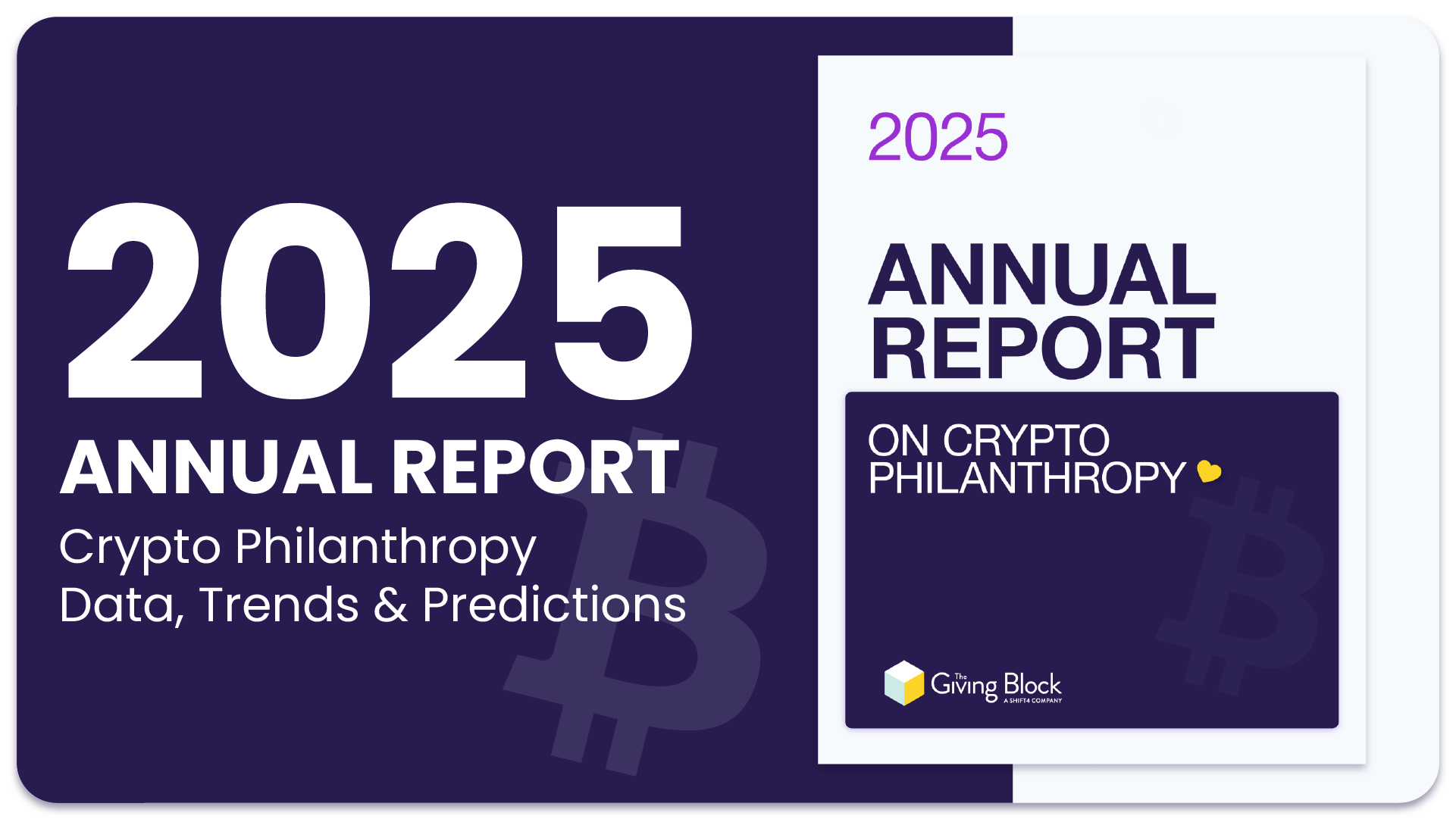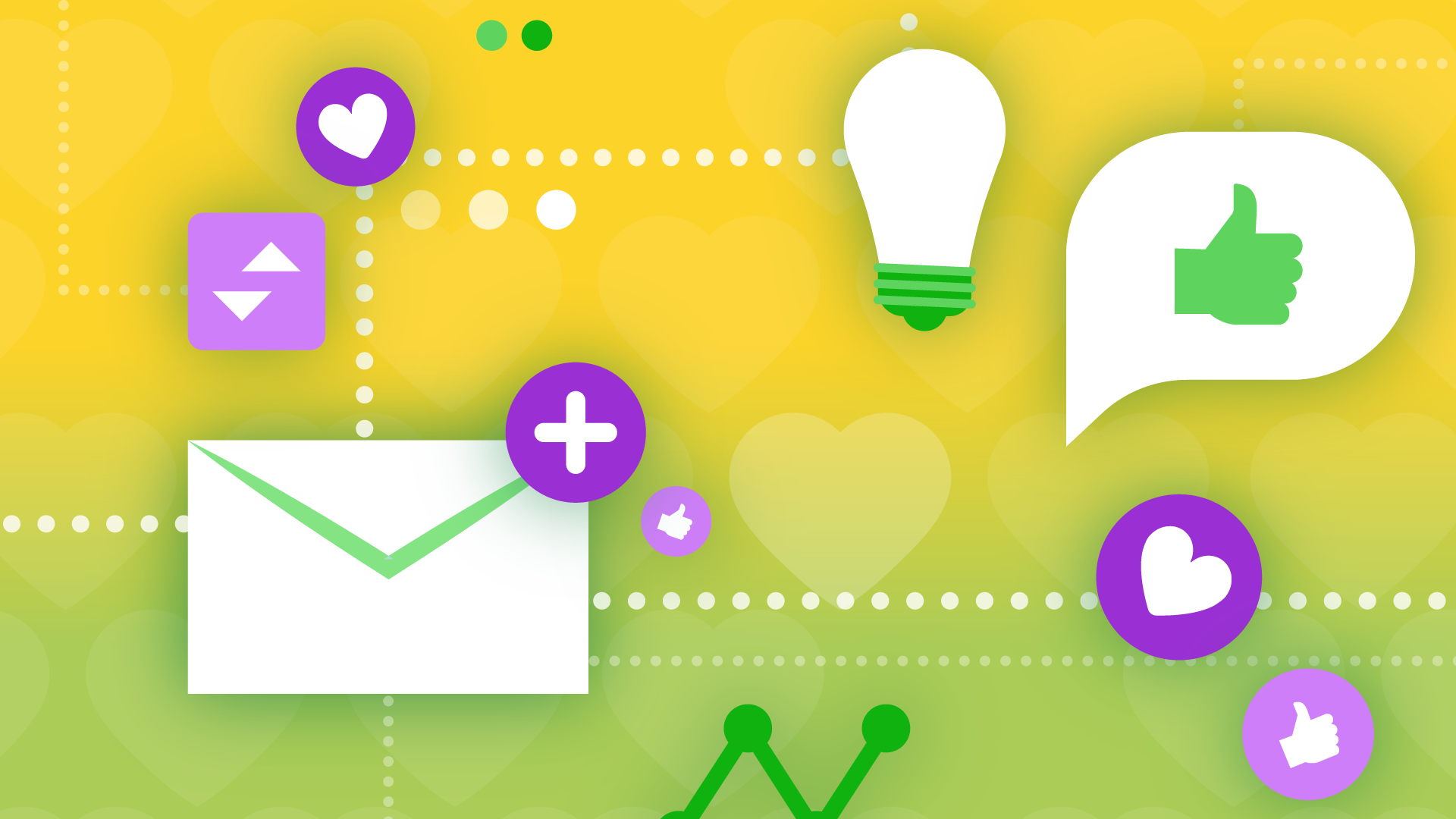This op-ed is written by Tara Peitzer, Director of Marketing and Communications at Giveffect—an all-in-one nonprofit software that helps organizations of all sizes achieve their fundraising and relationship goals. By centralizing data, personalizing marketing, and automating processes all in one platform, Giveffect empowers nonprofits to maximize their impact.
Email marketing is a powerful tool for nonprofits seeking to increase fundraising efforts and engage with volunteers effectively. With its widespread reach, cost-effectiveness, and ability to deliver personalized messages, email has become an indispensable channel for building strong relationships with donors and volunteers alike. Maximize the impact of your nonprofit’s email marketing strategy with 6 best practices to help you engage with your audience and inspire them to take action.
1. Personalize your emails with audience segmentation.
Don’t send the same generic email to your entire constituent list. Instead, tailor your email content to your recipients and their specific interests, preferences, and engagement history. This targeted approach enables you to deliver content that resonates with each group’s unique characteristics and motivations, increasing the chances of conversion—whether that’s donating to a campaign, buying tickets to a fundraising event or signing up for a volunteer shift. This is because personalizing your emails creates a sense of connection, relevance and trust with your supporters.
To personalize your outreach, you must segment your constituents. To do this, tag or divide your constituents into smaller groups based on categories such as demographics, interests, giving history, or engagement level in your nonprofit CRM. Then use dynamic variable fields to personalize emails by inputting information from each supporter profile.
While segmenting your audiences may seem like a daunting task, it’s not a one-time task. Instead, building segmented lists occur over time. Ideally, your CRM automatically updates constituent profiles in real-time with new information such as giving history and completed volunteer shifts.
2. Provide engaging content to your readers.
Now that you know how to personalize your email and target your different audiences with segmentation, it’s time to think about the content of your message. Use storytelling to connect emotionally, by highlighting the positive impact your nonprofit has had on individuals or communities. Include quotes or personal anecdotes to make your stories compelling and relatable. Additionally, you can enhance engagement by incorporating multimedia elements like images and videos.
For instance, instead of presenting the results of a fundraising campaign in plain text, consider transforming it into an infographic using icons that visually depict the number of individuals or families who have been assisted by the funds raised. For example, if you’re a Habitat for Humanity Affiliate, consider using house icons, whereas if you are a pet shelter, consider using cat or dog icons.
Take it a step further and create a brief video featuring a testimonial from someone who directly benefited from the campaign, sharing how the funds were utilized and the personal impact it had on their life. This approach humanizes the cause by putting a face and a name to the story.
Most email marketing tools have options to upload multimedia and may even have drag-and-drop features to simplify building a layout or have ready-to-use templates. Incorporating multimedia is also a great way to break up blocks of text and draw the recipient’s eyes down the page.
3. Craft compelling, clickable subject lines.
You may have crafted the most amazing email, but unless your recipient opens your email, they will never read what’s inside and take action. So arguably, your subject line is the most important aspect of your email.
Craft attention-grabbing subject lines that entice recipients to open your emails. Use concise and compelling language to create a sense of urgency or highlight the value of your message. A well-crafted subject line can significantly improve open rates.
Here are a few examples:
- “Your Generosity at Work: See the Impact You’ve Made!”
- “Double Your Impact Today: Limited Time Donation Match”
- “Exclusive Invitation: Join us for a Special Donor Appreciation Event”
- “Last Chance to Make a Difference this Year”
- “Transform Lives with a Simple Click: Donate Now!”
- “Your Support Matters: Help us Reach our Goal”
4. Emphasize one clear call-to-action (CTA).
Once your recipient opens your email, it’s important to clearly communicate the desired action you want recipients to take, such as donating, volunteering, or attending an event. Use prominent buttons or links to make it easy for readers to respond.
To make it easy for recipients to understand what action you want them to take, focus on one primary call-to-action in each email. Emails with multiple calls to action may distract and compete with each other for your recipient’s attention.
Examples of prominent and visually appealing CTA buttons or links that stand out in your email include “Donate Today” and “Register Now.” You may also want to create a sense of urgency by adding phrases like “Limited time offer” or “Act now.”
5. Consider mobile optimization in your design.
According to an Adobe consumer survey, smartphones have become the main device for checking email for the vast majority (85%) of users.
With the majority of emails being opened on mobile devices, ensure that your emails are mobile-friendly and display properly across different screen sizes. What this means is that your emails must be responsive to screen size. If you’re not sure how to properly format emails for a mobile device, avoid tiny font sizes and stick to a one-column layout.
Most modern email marketing platforms help you achieve mobile optimization; however, it’s always best to check and send yourself a test email to ensure the layout and images or multimedia content are viewed correctly on mobile devices.
6. Communicate on a regular and consistent basis.
Maintain a regular email communication schedule to keep your organization top of mind with your supporters. However, be mindful not to overwhelm them with too many emails. Strike a balance and provide valuable content that educates, inspires, and engages your audience. Don’t forget to follow up with your recipients after they’ve taken action or shown interest in supporting your mission. Send automated follow-up emails or nurture campaigns to keep them engaged and guide them through the next steps.
By implementing these best practices, you can create compelling email marketing campaigns that effectively motivate recipients to take action. Whether it’s donating to your cause, signing up for an event, or engaging further with your organization, your well-crafted emails will inspire and drive meaningful interactions. Additionally, it’s crucial to ensure that you have the right technology tools in place to support your email strategy and maximize your outreach potential. With the right tools and a strategic approach, you can cultivate stronger connections with your audience and achieve your nonprofit’s goals.
Giveffect is an integration partner of The Giving Block. Giveffect users can accept and keep track of crypto donations and fully implement crypto donations into Giveffect’s fundraising, reporting, and all-in-one nonprofit CRM.



















